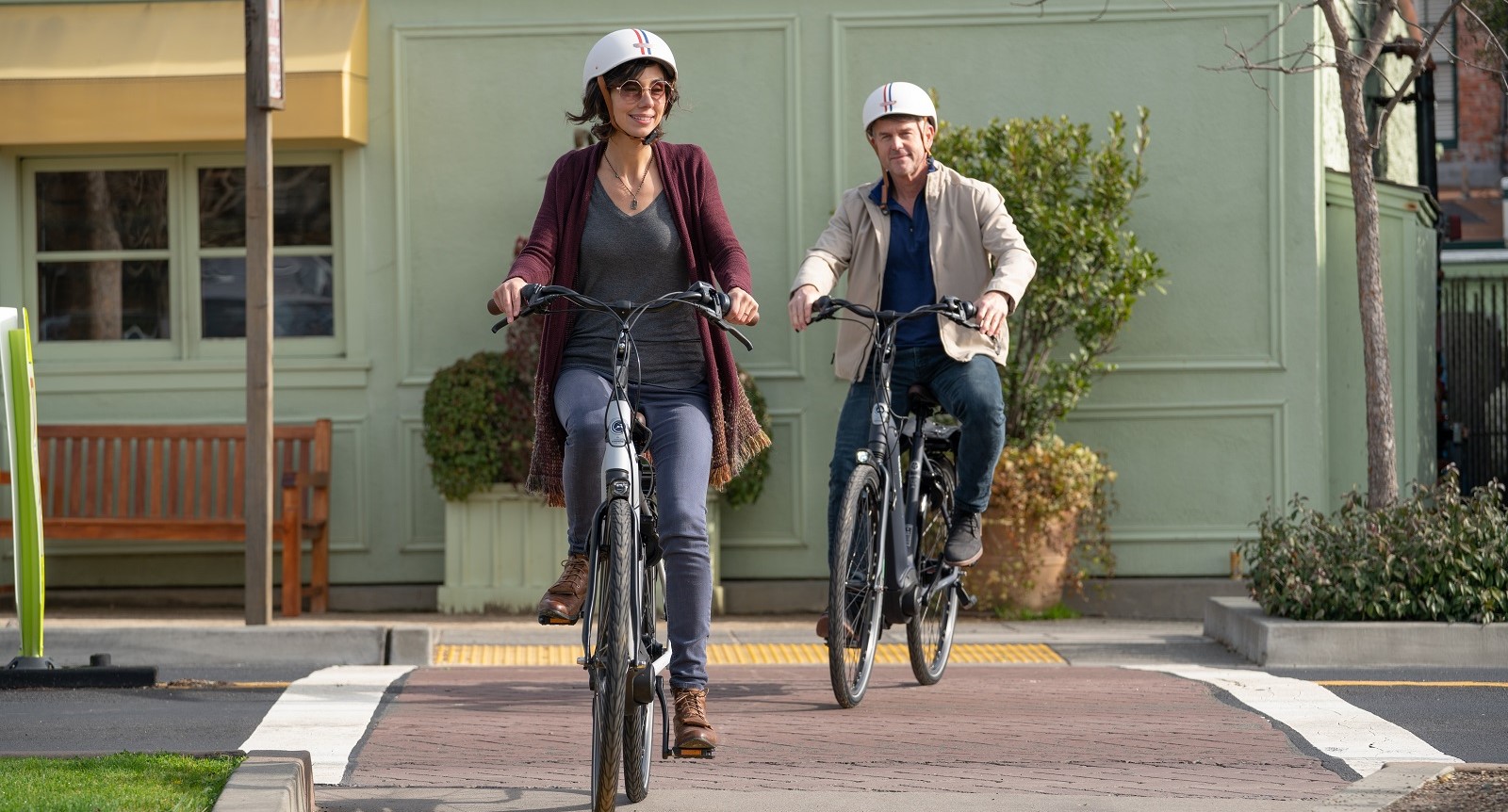Here is a handy guide to help clear up any confusion on EBike classification/policy in California... or not.
 View attachment 43308
View attachment 43308
What's most important is the Federal definition of what a low-speed electric bike (LSEB) actually is, and they all must have operable pedals.
Excerpt from Wiki:
The federal Consumer Product Safety Act defines a "low speed electric bicycle" as a two or three wheeled vehicle with fully operable pedals, a top speed when powered solely by the motor under 20 mph (32 km/h) and an electric motor that produces less than 750 W (1.01 hp). The Act authorizes the Consumer Product Safety Commission to protect people who ride low-speed electric vehicles by issuing necessary safety regulations.
[62] The rules for e-bikes on public roads, sidewalks, and pathways are under state jurisdiction, and vary.
In conformance with legislation adopted by the U.S. Congress defining this category of electric-power bicycle (15 U.S.C. 2085(b)), CPSC rules stipulate that
low speed electric bicycles[63] (to include two- and three-wheel vehicles) are exempt from classification as
motor vehicles providing they have fully operable pedals, an electric motor of less than 750W (1 hp), and a top motor-powered speed of less than 20 miles per hour (32 km/h) when operated by a rider weighing 170 pounds.
[64] An electric bike remaining within these specifications is subject to the CPSC consumer product regulations for a
bicycle. Commercially manufactured e-bikes exceeding these power and speed limits are regulated by the federal DOT and NHTSA as motor vehicles, and must meet additional safety requirements. The legislation enacting this amendment to the CPSC is also known as HR 727.
[65] The text of HR 727 includes the statement: "This section shall supersede any State law or requirement with respect to low-speed electric bicycles to the extent that such State law or requirement is more stringent than the Federal law or requirements." (Note that this refers to
consumer product regulations enacted under the Consumer Product Safety Act. Preemption of more stringent state consumer product regulations does not limit State authority to regulate the
use of electric bicycles, or bicycles in general, under state vehicle codes.)
